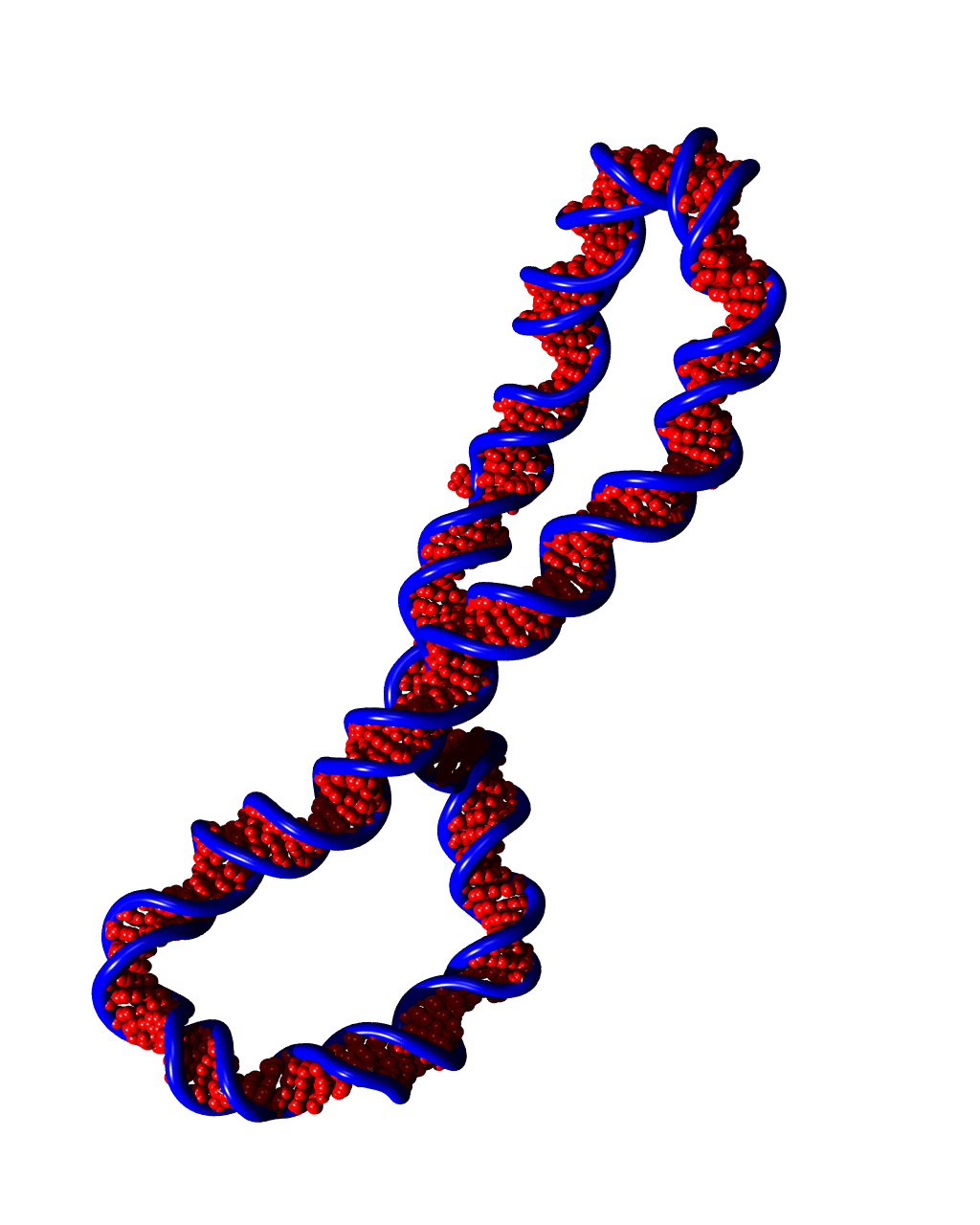
Biological Physics
 |
Biological Physics
|
|
Fluorescence images of mouse fibroblasts showing microtubule and actin cytoskeleton by Jan Schmoranzer (Columbia)
The sub-cellular world has many components in common with soft
condensed matter systems (polymers, amphiphilic molecules, colloids,
and liquid crystals). But (and this is what makes it so fascinating)
it has novel properties which are not present in traditional complex
fluids. These new features include a number of specific interacting
elements present that are crucial for biological function. The
addition of these elements which can be both active and passive, lead
to a highly non-equilibrium system with a rich spectrum of behaviours.
A new generation of experiments using physical probes are giving us an
unprecedented view of this non-equilibrium system at work. The search
is on for an as yet undiscovered hierarchy of organisational
principles which will enable us to understand these exceedingly
complex systems!
The Eukariotic Cell Cytoskeleton
Fluorescence and deconvolution images of dividing cancerous cells from the Xenopus frog showing mitotic spindle (microtubule cytoskeleton) and chromosomes by Paul Andrews (Dundee)
The cytoskeleton provides both the supporting structure of the cell and the vehicle for internal transport processes. It is a network of long protein filaments, mainly microtubules, actin filaments and intermediate filaments, coupled by smaller proteins, such as molecular motors and cross-linkers. Motor proteins are molecular machines that convert chemical energy derived from the hydrolysis of ATP (Adenosine TriPhosphate) into mechanical work, generating forces and motion of the filaments relative to each other in this{\em active} complex fluid. We study the mechanics and organisation of the cell cytoskeleton viewing it as a solution of filaments interacting with active cross-links.
Bio-polymersMany biological molecules are polymers (long chain molecules made up of a variety of repeating units called monomers). Examples are DNA ( monomers are nucleotides, adenine and thymine, guanine and cytosine[A-T,C-G]), RNA ( monomers are nucleotides adenine, guanine, cytosine, and uracil [AGCU]), proteins ( whose monomers are amino-acids), filamentous protein aggregates (e.g. F-Actin) whose monomers are globular proteins (e.g. G-Actin). We study the response of single bio-polymers to mechanical force.
Molecular MachinesMolecular motors are machines that convert chemical energy to mechanical work. Examples are the cytoplasmic motors that move along biological (protein) tracks in the cell by converting the energy released upon ATP hydrolysis into mechanical work. These complex machines act as the inspiration for the design of macromolecular devices with the ability to sort, sense and transport material in chip-sized laboratories. We are interested in models for the design of both biological and synthetic molecular machines driven by chemical reactions.
Single Molecule MechanicsNew experimental developments have meant that it is now possible to manipulate man bio-polymers one molecule at a time. This can lead to important insights about how they function in-vivo. The conformational dynamics of single molecules can be studied experimentally using atomic force microscopy, fluorescence probes and a number of other techniques. We try to model the statistical mechanics and dynamics of single molecules of proteins and DNA using coarse-grained models.
|
| Research | Teaching | Links |